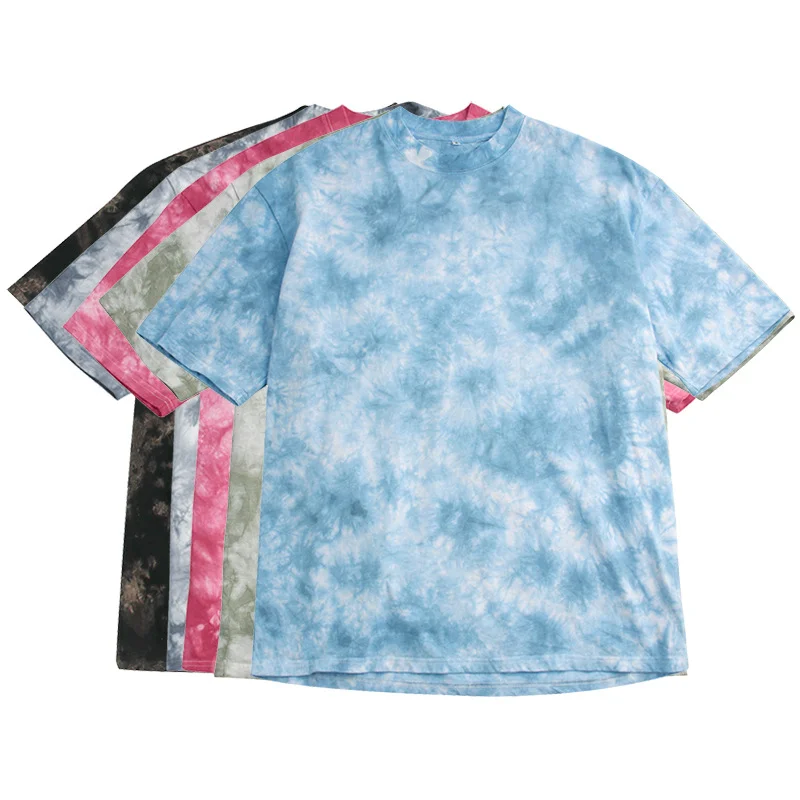In the ever-evolving world of fashion, clothing materials play a crucial role in determining the comfort, style, and sustainability of our garments. With a plethora of options available, it can be challenging to identify the most popular clothing material today. In this article, we will delve into the depths of the fashion industry to uncover the reigning champion, considering factors such as versatility, eco-friendliness, and consumer preferences.
- The Rise of Sustainable Fashion:
In recent years, sustainability has become a paramount concern in the fashion industry. As consumers become more conscious of the environmental impact of their choices, clothing materials that prioritize sustainability have gained immense popularity. One such material is organic cotton, which is cultivated without the use of harmful pesticides and chemicals. Its softness, breathability, and biodegradability make it a favorite among eco-conscious fashion enthusiasts. - Embracing Innovation: The Advent of Tencel:
Tencel, a fabric made from cellulose fibers derived from sustainably sourced wood pulp, has emerged as a game-changer in the fashion world. Renowned for its exceptional moisture-wicking properties, Tencel offers enhanced breathability and comfort. Additionally, its versatility allows it to mimic various fabrics, such as silk or denim, making it a sought-after choice for both casual and formal wear. - The Timeless Elegance of Silk:
Silk, a natural protein fiber, has stood the test of time and remains a symbol of luxury and elegance. Known for its lustrous appearance and smooth texture, silk has been a favorite among fashion connoisseurs for centuries. Its temperature-regulating properties make it suitable for all seasons, while its hypoallergenic nature appeals to those with sensitive skin. Despite its higher price point, silk continues to be a popular choice for special occasions and high-end fashion. - Performance Fabrics: The Athleisure Revolution:
With the rise of athleisure, performance fabrics have gained significant traction in the fashion industry. Fabrics like polyester, nylon, and spandex offer exceptional moisture-wicking capabilities, stretch, and durability, making them ideal for activewear and sportswear. These materials provide comfort, flexibility, and ease of movement, catering to the needs of individuals leading active lifestyles. - The Sustainable Alternative: Recycled Materials:
As the fashion industry strives to reduce its carbon footprint, recycled materials have emerged as a viable solution. Fabrics made from recycled plastic bottles, such as polyester, offer similar properties to their non-recycled counterparts while reducing waste and promoting a circular economy. This eco-friendly approach has gained popularity among environmentally conscious consumers, contributing to the growing trend of sustainable fashion.
Conclusion:
In the ever-evolving landscape of fashion, the most popular clothing material today is a result of a delicate balance between style, comfort, and sustainability. While organic cotton and Tencel cater to the eco-conscious consumer, silk continues to exude timeless elegance. Performance fabrics like polyester and nylon dominate the athleisure market, while recycled materials pave the way for a more sustainable future. By understanding the diverse needs and preferences of consumers, the fashion industry continues to innovate and offer a wide array of clothing materials to suit every taste and requirement.





